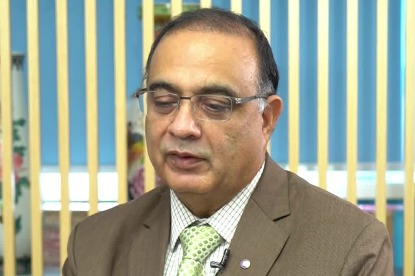Support measures key to third-child policy: China Daily editorial


The central leadership's decision to allow all couples to have three children was officially set out in a document released on Tuesday. The move comes relatively quickly on the heels of the universal second-child policy the country implemented in 2015.
But while couples have demonstrated their willingness to have a second child, which has helped ease the decline in China's overall fertility rate, many couples with two children have expressed reluctance to have a third. Experts predict that China will experience negative population growth from 2030 onward, if this reluctance is not overcome.
In a bid to make the prospect of raising three kids more palatable to couples, the document promises that government agencies will roll out a slew of supporting measures, from tax breaks and more flexible work leave to easier access to nurseries, schools and public housing, in order to lessen the burden on families raising three children.
Such policies, if carried out well, will undoubtedly help alleviate the consternation of couples considering the practicalities of raising three kids. Which is a matter of urgency for the country.
"It is of great significance to implement the three-child policy and supporting measures in China to further adapt to the new changes in the population structure and the requirements for high-quality development," the document says.
China's overall fertility rate — which stood at 1.3 in 2020 — is far below the replacement level of 2.1, and the third-child policy is necessary to improve China's demographic structure, better balance the gender ratio and implement the national strategy of actively responding to population aging.
According to the latest census, people aged 60 or above accounted for 18.7 percent of the total population in 2020, 5.44 percentage points higher than the figure in 2010, indicating China is aging faster than most other countries in modern history.
The rising elderly population has already caused many social problems such as a marked reduction in the size of the labor force, increased financial burdens on families, and pressure on the supply of basic public services such as eldercare and infrastructure tailored to serve an aging population. Which makes the new policy rollout an even more urgent task.
Yet it is worth noting that fertility rate tends to fall as a country becomes more economically developed, a phenomenon already seen in the developed world. So apart from raising the limit on the number of children couples can have, policymakers should also consider other options to maintain productivity, such as raising the retirement age and using automation to replace human workers.
With the number of newborns and the fertility rate level in China continuing to show a downward trend this year, the third-child policy is undoubtedly a necessary move to foster long-term and balanced population development. But how well the supporting measures are actually implemented will be the key to how effective the policy will be.

































